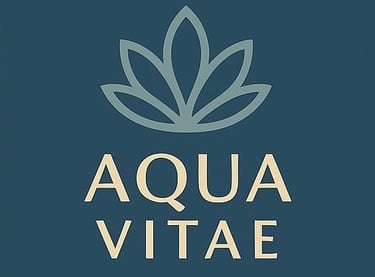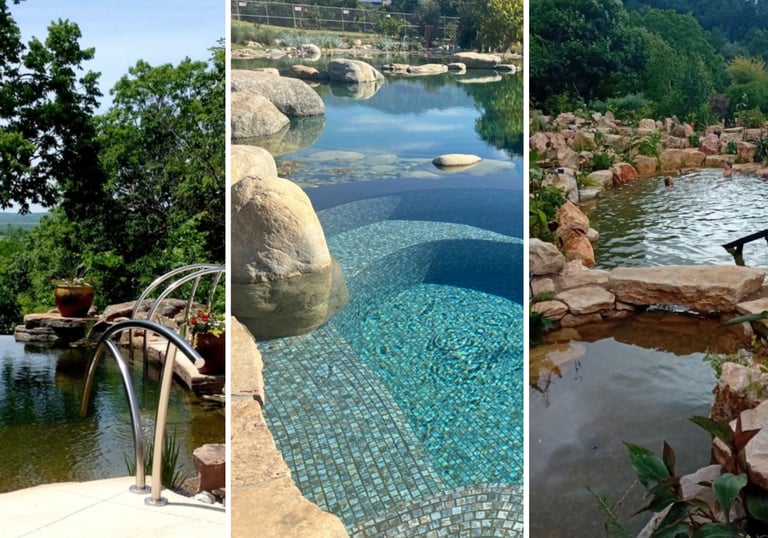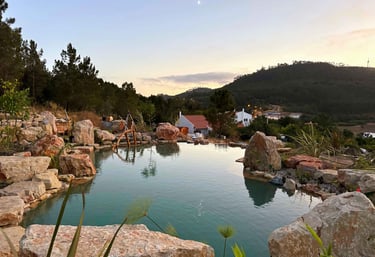Plan a Natural Pool, Pond or Water Feature | Aqua Vitae Guide
Thinking of a natural pool, pond, or water feature? Here’s how to plan it right—from filtration and flow to plants, permits, and landscape integration.
8/18/20253 min read
How to Plan a Natural Pool, Pond, or Lake
Building a natural pool is more than digging a hole and filling it with water. It’s a balance of ecology, design, and long-term vision. Whether you’re dreaming of a backyard paradise or a resort-grade aquatic landscape, taking the time to plan your natural pool properly will ensure beauty, balance, and functionality for years to come.
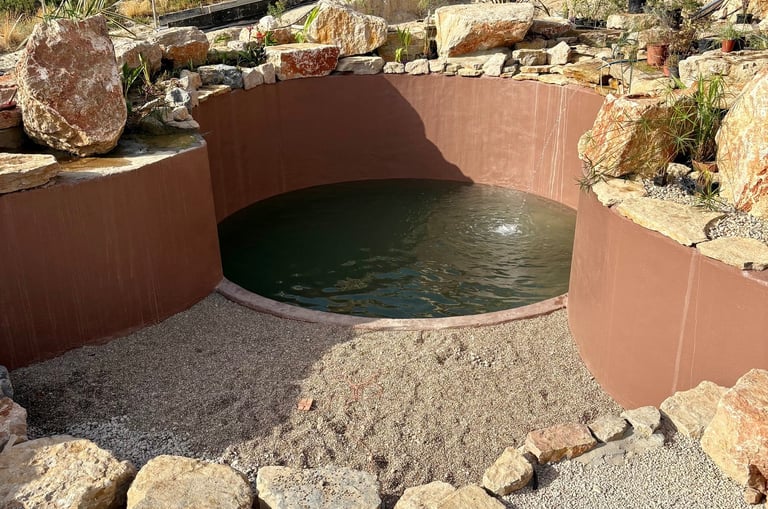

Every great natural pool starts with a plan — one that respects the land, anticipates future needs, and captures a personal vision. Whether you’re starting small or thinking big, the planning stage is where dreams become buildable realities.


From Vision to Reality
1. Understand the Principles of a Natural Pool
Start with Vision, Not Excavation


Natural pools don’t rely on chlorine — they rely on biological filtration, plant life, and flow systems.
There are typically two zones: swimming and regeneration.
A well-planned system mimics a healthy ecosystem and keeps itself balanced.
Tip: Avoid trying to “hybridize” a natural pool with traditional pool systems — it often leads to imbalance and higher maintenance.
Whether you're building a natural swimming pool, a decorative pond or a regenerative water feature, smart planning is what brings it to life. Here's what to consider before you build.
Sunlight matters — many aquatic plants need full sun to thrive.
Avoid large trees nearby (shade, root systems, leaf drop).
Elevation and slope impact excavation, water movement, and aesthetics.
Note: A slightly sloped site often allows for natural cascades, waterfalls, or terraces.
2. Choose the Right Site
Do you want something that looks like a wild pond? Or a modern, architectural oasis?
Materials like stone, wood, planted edges, or clean retaining walls shape the final look.
Plan the edges, pathways, steps, decking, and visual transitions early.
3. Consider Your Desired Aesthetic
4. Think About Filtration & Water Flow Early
A natural pool requires mechanical pre-filtration (drum or sieve) + biological filtration (BioBead, moving bed, etc.).
Water circulation must be designed to keep all zones oxygenated.
UV-C and nanobubble systems can help clarify water without harming beneficial bacteria.
Plan filtration at the design stage—not as an afterthought.
5. Don’t Overlook Zoning, Permits & Legalities
In Portugal and many other countries, natural pools still require approvals.
Know if your area has:
Zoning restrictions
Limits on excavation
Water rights or drainage issues
Always ask: “Can this be classified as a pond, a pool, or a landscape feature?”
6. Work With Nature, Not Against It
Incorporate native plants and local materials where possible.
Design for seasonal variation — some plants go dormant in winter.
Use rocks, logs, terraces, and submerged shelves to mimic natural transitions.
You may also like...
Design Your Dream Natural Pool – Styles & Features | Aqua Vitae
Explore styles and various features for creating your dream natural pool, pond or water‑feature. From design inspiration to filtration, plants and aesthetic detail.
Designing Naturally: Where Craftsmanship Meets Modern Engineering | Aqua Vitae
Discover how Aqua Vitae blends timeless craftsmanship, regenerative design, and modern engineering to create natural pools and spaces that live in harmony with nature.
Discover how natural swimming pools use plants and UV sterilization to deliver crystal-clear, chemical-free water for healthy, sustainable living.
The Era of Chemical Pools Is Over | Aqua Vitae
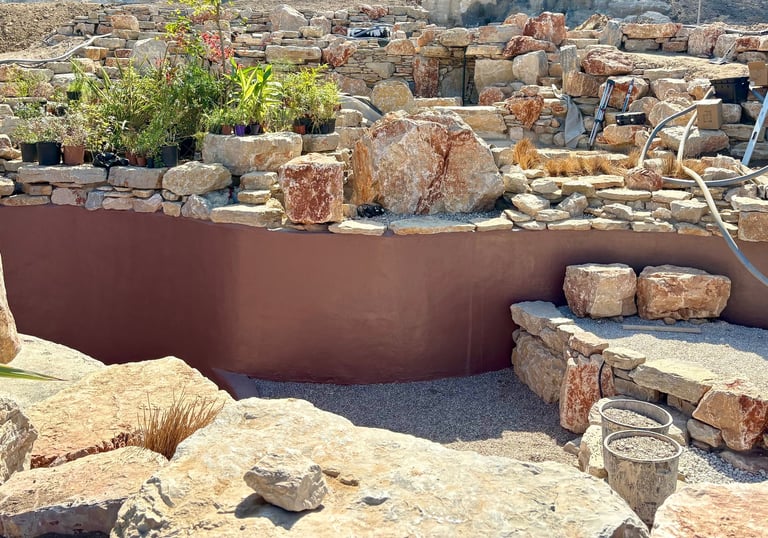

Experience the future of swimming with natural pools.
© 2025 Aqua Vitae. All rights reserved.
